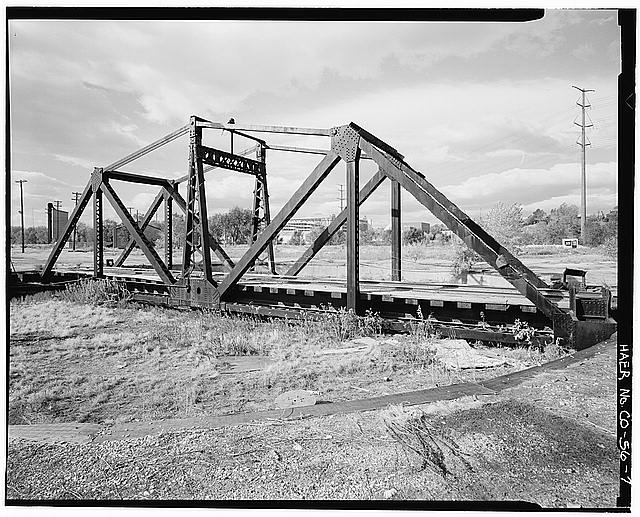Chicago Bridge & Iron Company (officially CB&I) traces its history to Horace Ebenezer Horton, who was born in 1843 in New York State.
In 1858, he moved to Rochester, Minnesota; where he later took up the profession of civil engineer. His first bridge was designed and constructed at Oronoco, Minnesota; to cross the Zumbro River. Through the 1880s, Horton was building bridges over rivers across Iowa and Minnesota.
He first came to prominence when he completed the Dubuque Wagon Bridge in 1886.
By 1889, George Wheelock merged his Kansas City Bridge and Iron Company with Horton's company to form Chicago Bridge & Iron Company.
A new plant was built in South Chicago, and by 1890, the company approached George E. King Bridge Company of Des Moines, Iowa and made him a partner in the organization. It is worth noting that King was the nephew of Zenas King, the owner of the famed King Bridge Company.
In 1893, it is reported that several hundred bridge contracts were won. In addition, water towers also became a specialty of the company.
By 1897, financial ruin was upon the company. A devastating fire destroyed the shops, and financial panic set through the country. George King left the business that year.
Because of the financial issues, all offices outside Chicago were closed. However, work was gradually brought back after Horton's son perfected a simple tank bottom.
As the century turned, the business once again boomed. After 1907, bridge production slowed down considerably, and the company began to diversify. During World War I, the company began focusing on tanks and barges. It is believed bridge production ended in 1919.

1912 advertisement of the company
After his fathers death in 1912, George Horton continued to grow the company. During this time, an alternate name of Chicago Bridge & Iron Works was used. The company continued to construct tanks, war ships and docks. Oil business later proved to be significant, and the company continued to grow into the 21st Century.
Unfortunately, the company filed for Chapter 11 Bankruptcy in January of 2021, ending a prolific run of a bridge building company that eventually left that field.
It is unknown exactly how many bridges were built by CB&I. It appears that the Chicago, Milwaukee & St. Paul Railway, as well as the Chicago & North Western Railway all had contracts with the company at varying times. In addition, numerous turntables were produced for the Chicago, Burlington & Quincy Railroad around 1919.
Other than this, it appears that most of the known works of the company are road truss bridges. However, it is highly likely that there are other railroad spans.

An example of a CB&Q turntable; built 1919 at Denver, Colorado. This has since been demolished. Historic American Engineering Record photo.
Nemadji River Bridge at Superior, Wisconsin. Built in 1916 for the Chicago, St. Paul, Minneapolis & Omaha Railway.
A sample of a plaque for a project completed by Chicago Bridge & Iron Company can be seen below. The only found plaques are half moon shaped, on Milwaukee Road girder bridges, and are from 1902.
Selected Works
DM&E Cascade Creek Bridge
DM&E Plum Creek Bridge (New Hampton, Iowa)
Lawe Street Tail Bridge
Jefferson Trail Bridge (Relocated span)
UP Nemadji River Bridge
